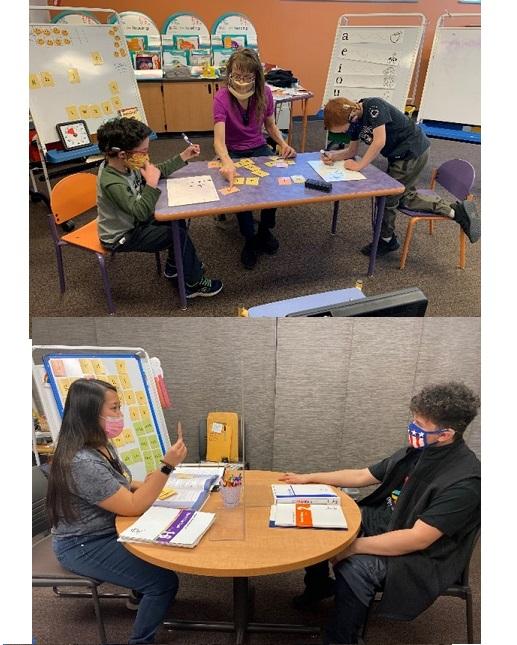School for the Deaf Reading System
The Wilson Reading System is “an intensive intervention program for students in grades 2-12 and adults with language-based learning disabilities, such as dyslexia.” This intervention program is based on phonological-coding research and systematically teaches the structure of the English language. The program is broken down into 12 steps, each step containing up to 5 or more lessons. These include: in-depth word structure for automatic decoding and spelling; word recognition and spelling of high frequency words, including irregular words; vocabulary, word understanding, and word-learning skills; sentence-level text reading with ease, expression, and understanding; listening comprehension with age-appropriate narrative and informational text; reading comprehension with narrative and expository text of increasing levels of difficulty; narrative and informational text structures; organization of information for oral or written expression; proofreading skills; and self-monitoring for word recognition accuracy and comprehension. Serena Chee, School Speech-Language Pathologist, attended a 3-day Introductory Course training to learn how to best support students in their reading skills. She works with students who have good auditory access (i.e., hearing aids or cochlear implants AND can recognize sound-letter correspondence) both in one-on-one and small group settings. These students benefit from auditory instruction, with signed support to enhance their overall reading skills.
In addition to the intensive Wilson Reading System intervention program, Lisa Shigio, School Audiologist, works with younger children using Wilson Fundations. Fundations is targeted for grades K-3 and provides research-based materials and strategies essential to a comprehensive reading, spelling, and handwriting program. This program makes learning to read fun, while also emphasizing skills such as: phonemic awareness, phonics/word study, high frequency word study, reading fluency, vocabulary, comprehension strategies, handwriting, and spelling. Lisa also works with students who have good auditory access both one-on-one and in small groups.

